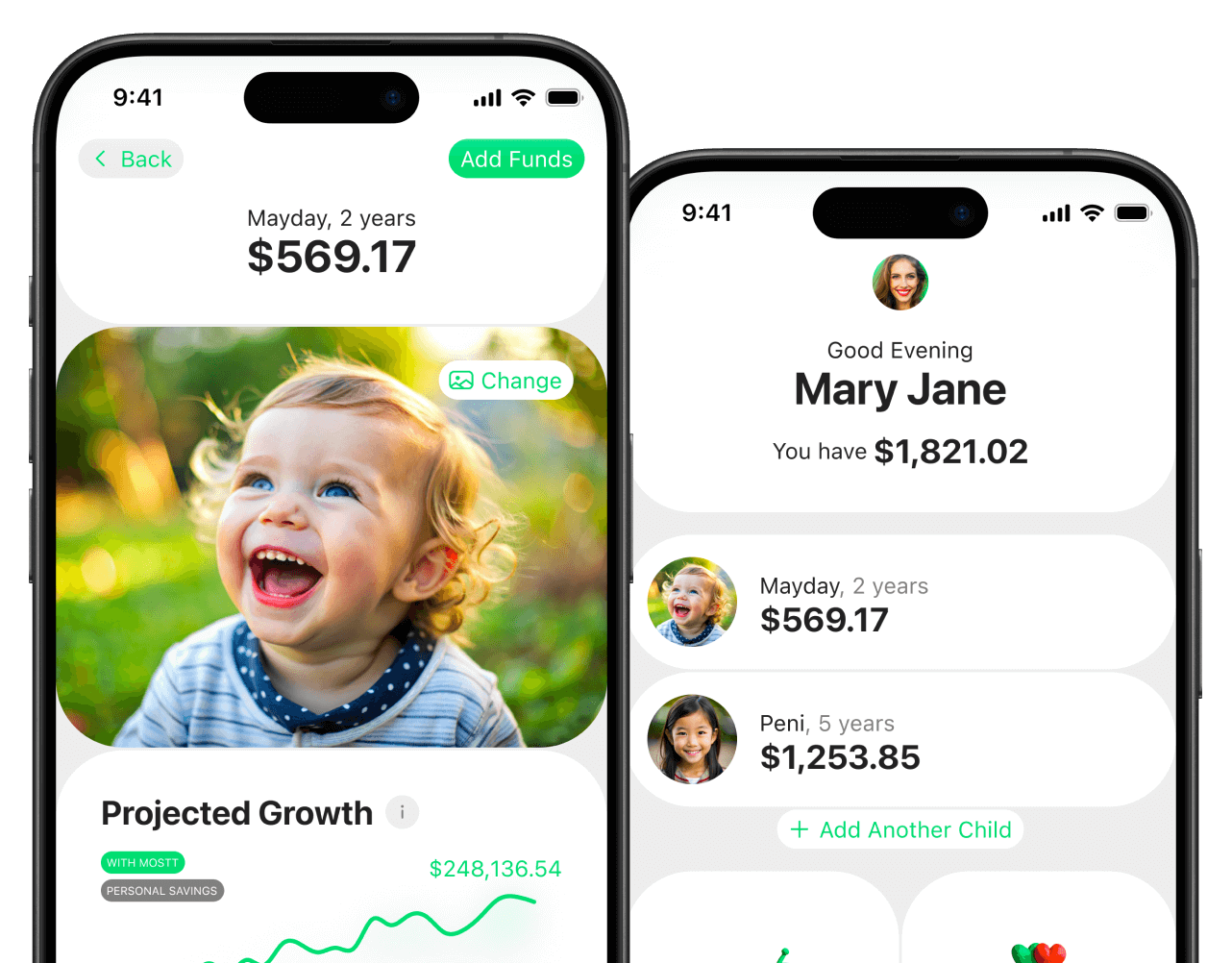Life with kids is full of surprises—some wonderful, like unexpected hugs, and others, like a broken water heater or a last-minute medical bill, not so much. That’s why having an emergency fund is one of the smartest financial moves a parent can make. But saving money when you’re juggling groceries, school expenses, and everything else life throws at you can feel overwhelming.
The good news? Building an emergency fund is possible—even on a tight budget. With a little planning and a few smart strategies, you can create a financial cushion to help your family navigate life’s unexpected moments. Let’s dive into some practical, easy-to-follow steps to start building (or growing) your emergency fund today.
1. Start Small and Build Momentum
If the idea of saving three to six months’ worth of expenses sounds impossible, don’t stress. Start with a smaller goal—$500 or $1,000—just enough to cover common emergencies like a car repair or a trip to urgent care. Once you hit that milestone, keep going! The key is to start where you can and build from there.
Pro Tip: Studies show that having even a small emergency fund can prevent families from falling into debt when unexpected expenses arise, according to Vox.
2. Make Saving Automatic
One of the easiest ways to build your emergency fund is to put savings on autopilot. Set up an automatic transfer from your checking account to a dedicated savings account every payday—even if it’s just $10 or $20. Over time, those small amounts add up without you having to think about it.
If you get paid biweekly and set aside $25 per paycheck, you’ll have $650 saved in a year. Increase that amount when you can, and you’ll reach your goal even faster.
3. Cut Back (Just a Little) on Non-Essentials
You don’t have to give up all the fun stuff, but small tweaks in your spending can free up extra cash for your emergency fund. Try these simple swaps:
-
Make coffee at home instead of grabbing a latte ($5 per day = $150 per month!)
-
Have a family movie night at home instead of the theater
-
Pack lunch for work or school a few days a week
Redirect that extra money straight into your savings, and you won’t even miss it.
4. Use Windfalls Wisely
Anytime you receive unexpected money—like a tax refund, a work bonus, or even birthday cash—consider putting a portion of it into your emergency fund. It’s tempting to splurge, but setting aside even half can give your savings a big boost without affecting your day-to-day budget.
Did You Know? The average tax refund is around $3,000. If you put even half into your emergency fund, you’d be halfway to a solid safety net (Investopedia). For even more expert insights on how to quickly save money and prepare for the unexpected, check out this helpful guide: How to Quickly Save Money If You’re Worried About Job Loss.
5. Find Simple Ways to Earn Extra Cash
If your budget is tight, bringing in extra income—just a little—can help you grow your emergency fund faster. Here are a few family-friendly ways to make extra money:
-
Sell clothes, toys, or baby gear your kids have outgrown
-
Pick up a flexible side gig, like tutoring or dog walking
-
Use cashback apps and rewards programs when shopping
Even an extra $50 per month can make a difference over time.
6. Keep Your Emergency Fund Separate
One of the biggest mistakes people make is keeping their emergency savings in the same account as their spending money. When everything is in one place, it’s too easy to dip into your savings for non-emergencies.
Instead, open a separate savings account—ideally, a high-yield savings account—so your money earns interest and stays out of sight, out of mind. That way, when a real emergency happens, you know exactly where to turn.
7. Avoid the Credit Card Trap
It’s easy to rely on credit cards for emergencies, but high-interest debt can make financial stress worse. Instead of reaching for your credit card, use your emergency fund to cover unexpected expenses. If your savings aren’t enough, try to pay off any emergency-related charges as quickly as possible to avoid costly interest fees.
8. Involve the Whole Family
Saving for emergencies doesn’t have to be a solo effort. Get the whole family involved! Teach kids about money by setting a family savings goal and celebrating small milestones together.
You can also turn saving into a game. For example, have a “no-spend weekend” challenge where you find free activities to do as a family. Put the money you would have spent into your emergency fund and see how much you can save.
9. Review and Adjust Regularly
Life changes, and so should your emergency fund. Reassess your savings goal each year and adjust based on your family’s needs. A growing family, a new job, or an increase in expenses may mean you need a larger cushion.
Make it a habit to check in on your emergency fund every few months to see how you’re doing. If you’ve dipped into it, make a plan to replenish what you’ve spent.
10. Explore Financial Assistance Options
If you’re struggling to save, don’t hesitate to look into financial assistance programs. Many community organizations offer emergency grants or low-interest loans to help families stay financially stable. Resources like Benefits.gov or your local social services office can point you in the right direction.
11. Don’t Wait—Start Today!
There’s never a perfect time to start saving, but the sooner you begin, the better prepared you’ll be. Even if you can only set aside a few dollars today, that’s progress. Building an emergency fund is all about consistency, not perfection.
Your future self (and your family) will thank you for having that financial cushion when life’s unexpected moments pop up. So start small, make saving a habit, and watch your emergency fund grow!
Want More Tips? Check out these trusted resources on smart saving and financial planning:
By taking small, manageable steps, you can build an emergency fund that provides peace of mind and financial security for your family. Remember, every dollar saved is a step toward a stress-free future!




